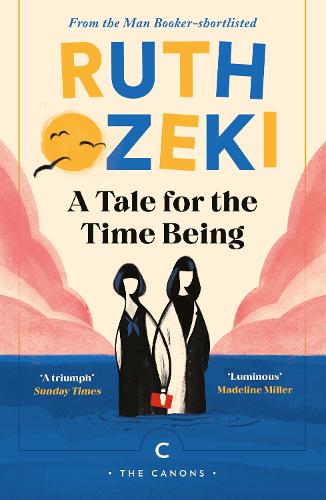The reviewer found 'A Tale for the Time Being' by Ruth Ozeki to be a bewildering yet engaging blend of fiction and non-fiction, exploring Buddhist thinking and quantum theory. The novel's unique structure and themes of opposites and equalities made it thought-provoking, though the plot sometimes felt contrived. The reviewer ultimately found the journey more enticing than the destination, making the book almost perfect despite its flaws.
The reviewer was captivated by Ruth Ozeki's 'A Tale for the Time Being', a novel that played with their mind in a way similar to John Fowles' 'The French Lieutenant's Woman'. The story, told from the perspectives of a troubled Japanese teenager, Nao, and an author named Ruth, explores Buddhist philosophy and quantum theory. The reviewer initially struggled with Nao's character, finding her too upbeat for someone contemplating suicide, but ultimately became deeply invested in her story. The novel's themes of opposites and equalities, as well as its blurring of fiction and reality, made for a thought-provoking read. However, the plot sometimes felt contrived, and the book got bogged down in philosophy in the later parts. Despite these flaws, the reviewer found the journey of the characters more compelling than the plot itself, making the book almost perfect.
Quick quotes
Ozeki's novel is written in the first-person perspective of a troubled teenaged Japanese girl and in the third-person perspective of an almost equally troubled author who finds the girl's diary washed up on shore.
The novel interweaves chapters between the two characters throughout, taking the reader on a journey with both women.
The truth — and not truth — is more complex than that.
